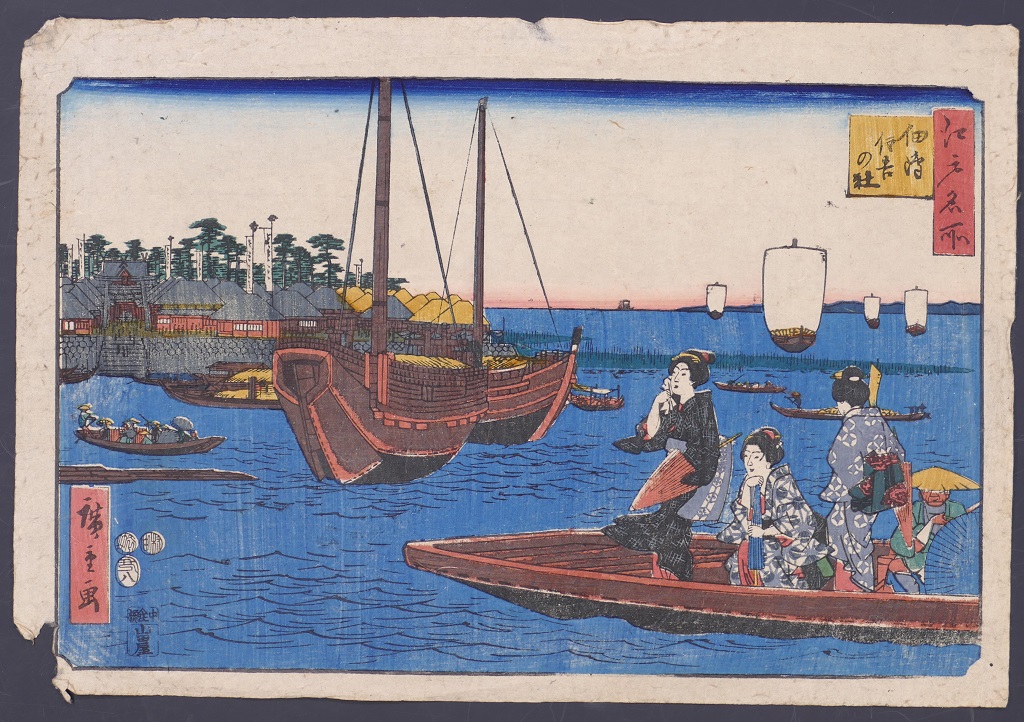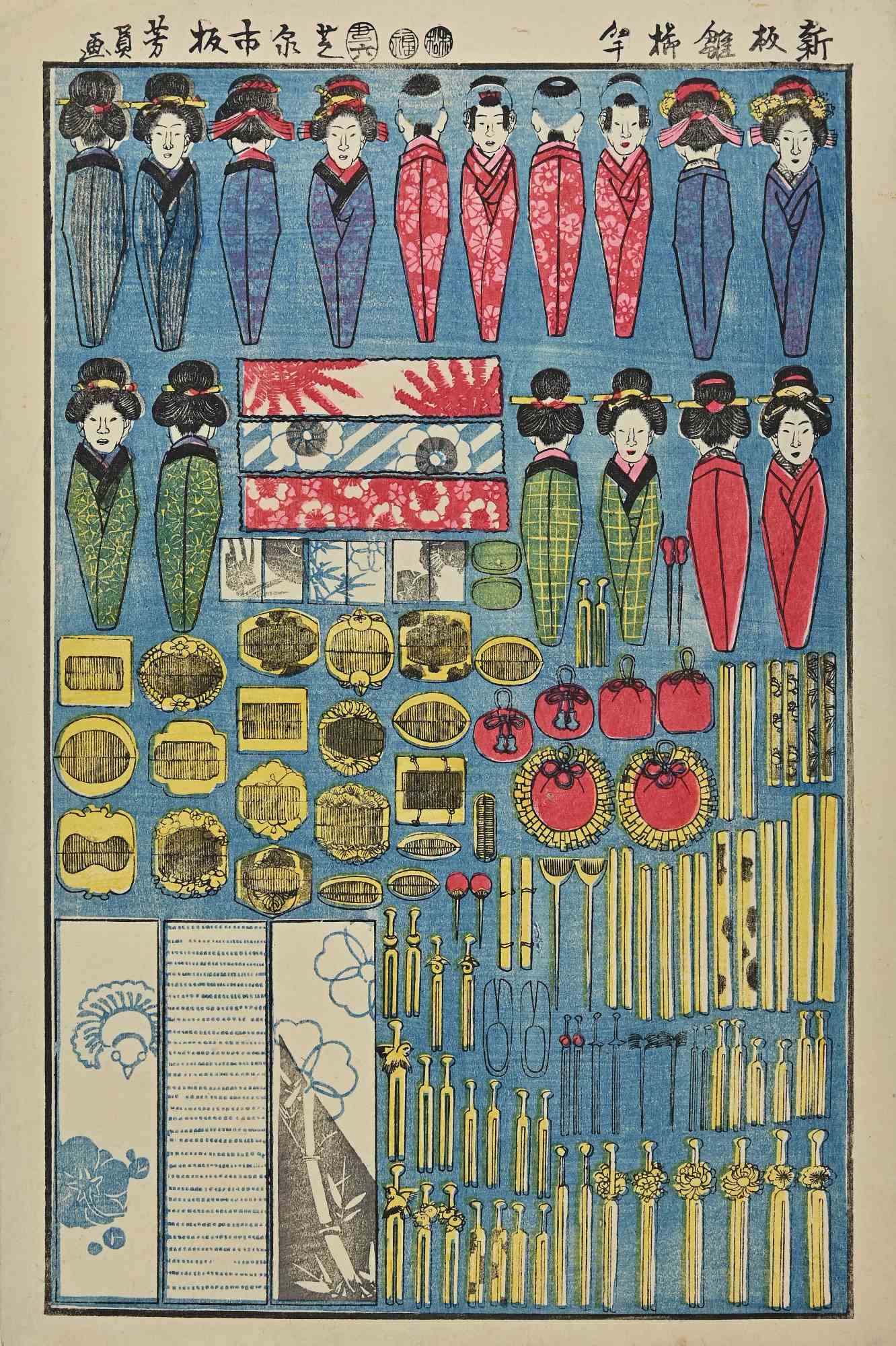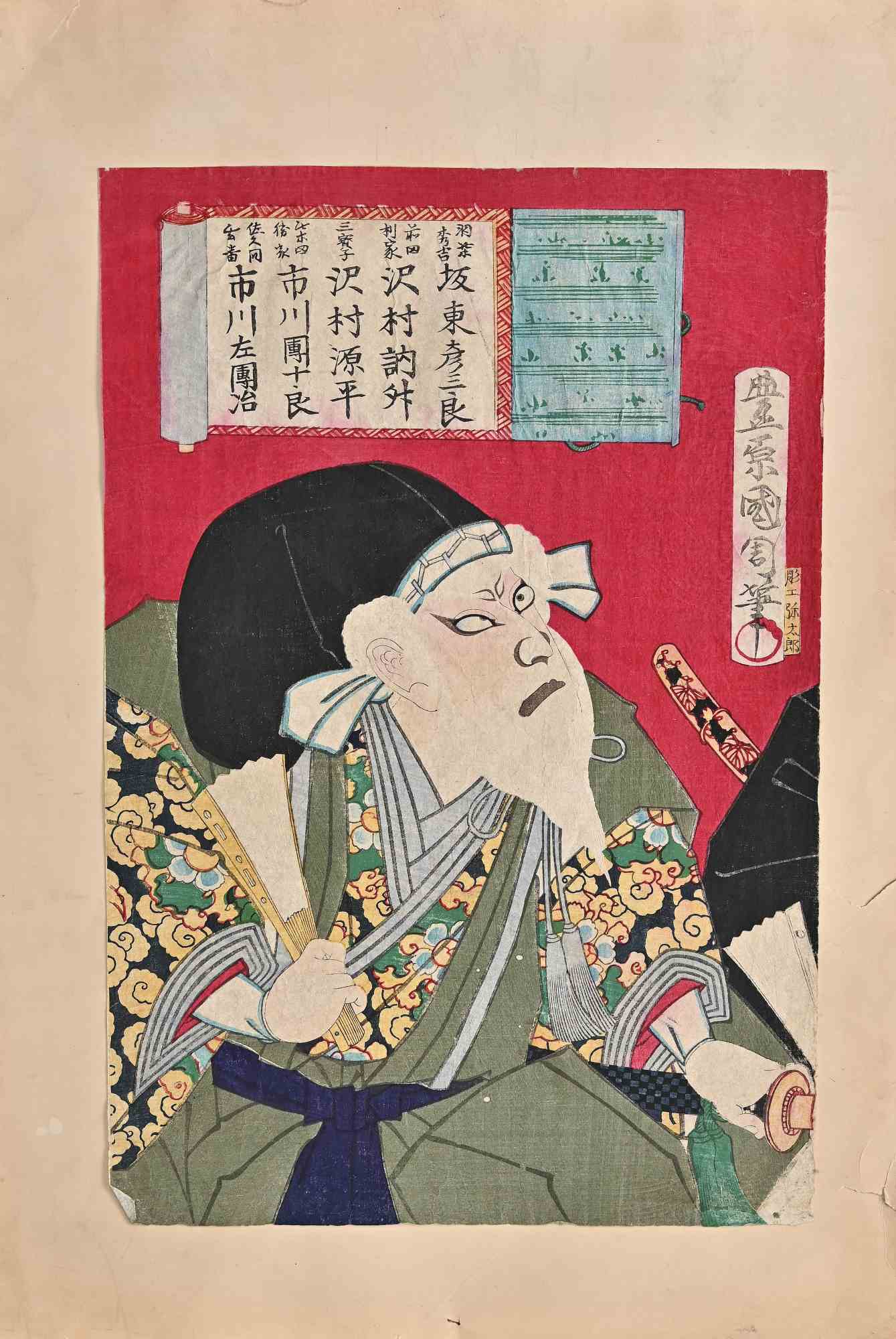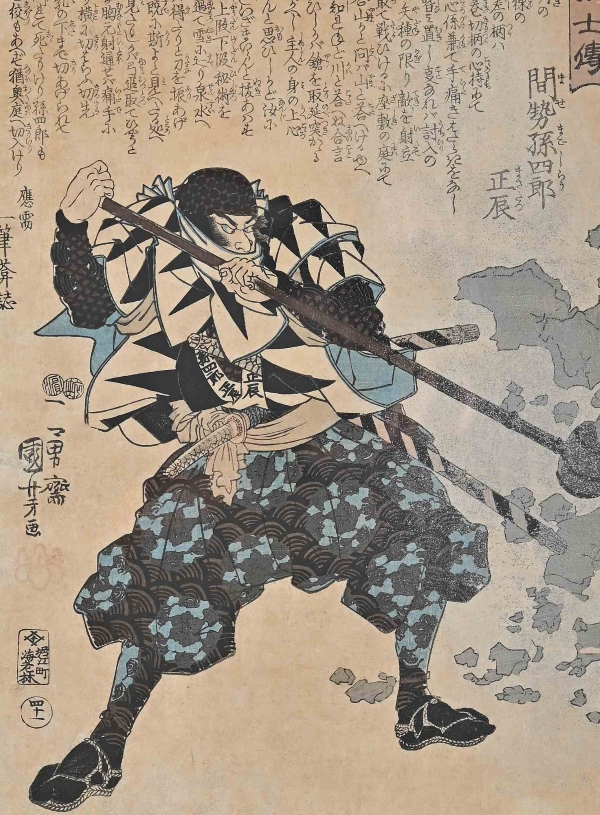
Ukiyo-e: The Art of the Floating World
Nowadays there is a growing interest in Asian art and particularly in Japanese art as proven by the numerous Sotheby’s and Christie’s auctions of works by the ukiyo-e masters: Hokusai, Hirogshige, Utamaro, Kunisada, and Kuniyoshi. Similarly, major museums such as the MET Museum are also organizing exhibitions about Japanese Art.
Insight into the Ukiyo-e
Ukiyo-e is a genre of Japanese art that flourished during the Edo period (1603-1868). Literally translated to “pictures of the floating world,” ukiyo-e prints often depicted scenes of everyday life in Japanese cities. The ukiyo-e style originated in the early 17th century and gained popularity in the 18th century when new methods of color printing allowed for vivid and detailed prints.
Ukiyo-e is a type of woodblock print that is characterized by colorful and intricate designs, depicting subjects such as landscapes, famous Japanese personalities, historical events, and scenes from everyday life.
Ukiyo-e refers to the urban lifestyle and pleasure-seeking culture of the Edo period. Ukiyo-e prints were popular among the middle class and were used as an affordable means of art appreciation and storytelling.
Who the ukiyo-e masters are
The charm of Ukiyo-e lies in its rich cultural heritage and unique aesthetic style that makes it one of the most prominent genres of Japanese art. While the Ukiyo-e art form boasts of numerous masters, there are a few who stood out for their remarkable contributions to the genre.
One of the most significant figures in Ukiyo-e is Katsushika Hokusai, a renowned artist known for his iconic print series “Thirty-six Views of Mount Fuji”. Hokusai’s captivating paintings featured landscapes, nature, and everyday scenes like tea drinking, preparing meals, and overseeing the city’s hustle and bustle.
Another master of the Ukiyo-e style is Utagawa Hiroshige, who was more focused on creating nature-themed prints. One of his most famous pieces is the series “One Hundred Famous Views of Edo”, which showcased iconic landscapes in Edo (now Tokyo). Hiroshige was recognized for his accuracy in portraying natural elements in his work, particularly weather and atmospheric phenomena.

In contrast to Hokusai and Hiroshige, Kitagawa Utamaro‘s prints were known for their beautiful portrayal of geishas in traditional Japanese clothing called kimono. His prints mainly focused on the beauty of women, captured in their daily activities like serving tea, dressing up, and enjoying leisure time. Utamaro’s style was highly detailed, and his prints are seen as a masterful representation of the “floating world.”
On the other hand, Utagawa Kunisada’s early works were focused on kabuki theater actors and scenes, but as the demand for prints featuring beautiful women grew, much of his later work focused on depictions of geishas and courtesans. He was known for his intricate depictions of clothing and costumes and had a talent for capturing the mood and expression of his subjects.
Lastly, Utagawa Kuniyoshi was another Ukiyo-e master who combined elements of nature and action in his prints. Kuniyoshi was known for portraying samurais, legends, mythical creatures, and fierce battles in his prints. His work has been an artistic representation of the Japanese warrior culture, highlighted by his creative use of color and intricate designs.
Ukiyo-e legacy
The impact of Ukiyo-e on the art world has been significant. It has influenced several art movements such as the Impressionist and Post-Impressionist styles in the West. In the late 19th century, European artists such as Vincent van Gogh and Claude Monet began collecting and admiring ukiyo-e prints for their beauty and composition. While locally, it contributed to the development of manga and anime.
Today, the Ukiyo-e style continues to have a significant impact on art, both in Japan and across the world and is still popular among collectors and art enthusiasts.
Conclusions
In conclusion, the Ukiyo-e masters are renowned for their unique and diverse contributions to the art form. Their distinct styles, breathtaking designs, and attention to detail make them a significant influence on the art world’s rich history. Their works continue to inspire many artists in creating remarkable pieces that showcase the beauty and charm of Japanese culture.
Related artworks

Hoki Shimotani shinkei
Utagawa Hiroshige II
Woodcut
730€

Tsukuda Sumiyoshi no Yashiro
Utagawa Hiroshige II
Woodcut
730€

Japanese Accessories
Utagawa Kunisada
Wood
450€

Celebrations during Sumo Matches
Utagawa Kunisada
Wood
490€

Sumo
Utagawa Kunisada
Wood
490€

Panoramic View of the Plum Viewing Pavilions of Kameido
Hiroshige Utagawa
Wood
455€

Old Samurai
Utagawa Kunisada
Woodcut
380€





